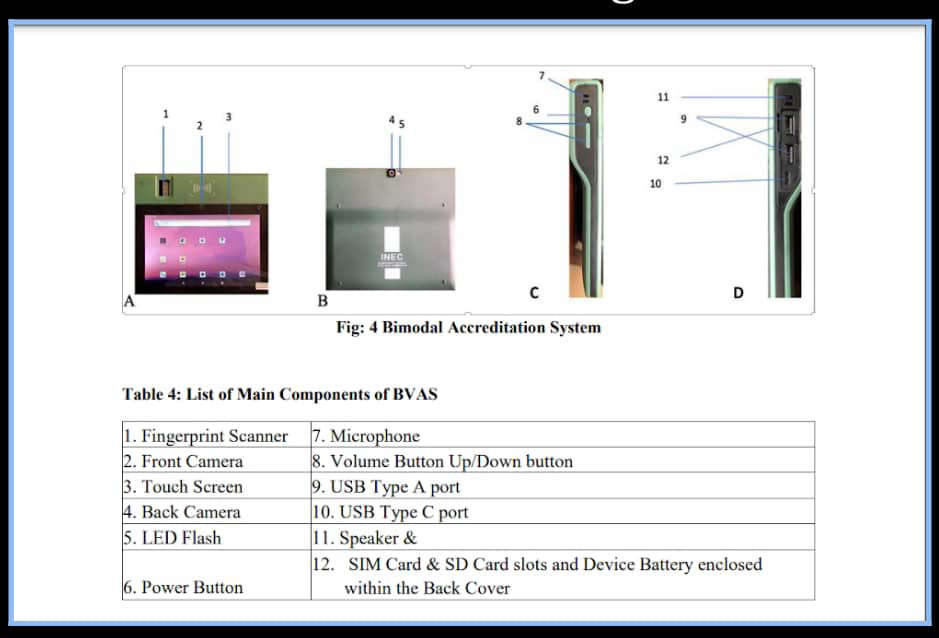
Nigerians have been craving more transparent, free, fair, and credible elections since the return of democracy in 1999.
From the era of manual processes, the Independent National Electoral Commission (INEC) has continued to introduce technological interventions to make elections better.
These interventions haven’t been without challenges and time has in turn brought about more advanced solutions.
As the nation moves toward the 2023 General Election, a more advanced technological intervention called the Bimodal Voter Accreditation System (BVAS) has been introduced and tested.
This article highlights what you need to know about this technology and how it works.
Technological Evolution in the Nigerian Electoral Process
In 1999, voter registration, voting, result-collation, and transmission were done manually.
Fast forward to 2016, and voter registration, accreditation, and result transmission became digitalized, from the Electronic Voters Register (EVR) to the Automatic Fingerprints Identification System (AFIS), to the Smart Card Reader (SCR), and recently, the Bimodal Voter Accreditation System (BVAS).
The need to make Nigerian elections more credible and transparent made the INEC introduce BVAS.
Although this technology has been around for some time, it was first tested in the Isoko South Constituency Iby-election in Delta State on September 10, 2021.
It was subsequently deployed in the Anambra State governorship election on November 6, 2021, and used again in the Ekiti and Osun governorship elections.
Despite the concerns raised about the BVAS, especially by politicians, INEC has made it clear that there is no going back on its use in the 2023 General Election.
How the BVAS Works
The Bimodal Voter Accreditation System is an electronic device created to read Permanent Voter Cards (PVCs) and verify the voter holding the card by using his/her fingerprints and facial recognition.
The hardware components of the BVAS are shown in the image below.

Components of BVAS
Photo source: INEC election manual
The image below shows the BVAS election dashboard with all the key options to begin voter accreditation. It shows Polling Unit information, the total number of registered voters, and the total number of accredited voters.

BVAS election dashboard
Source: INEC election manual
Apart from the above function, the BVAS will also be used to transmit a snapshot of the result sheet at polling units to the INEC portal in real time for the public to see, as long as they are logged in to the portal.
One of the challenges faced in the electoral process is the irregularities that take place between the Polling Units (PUs) and the result collation centers. Results are, sometimes, hijacked, changed, or even destroyed.
This led INEC to consider using the BVAS technology in transmitting the results directly from the PUs.
This system minimizes human error and delays in results collation. It also improves the accuracy, transparency, and credibility of the result-collation process.
This, therefore, implies that the BVAS must first read a voter’s PVC and authenticate him/her as the rightful holder of the card before the person would be able to vote on election day,
Voting will be impossible without the two-step verification.
The INEC chairman, Prof. Mahmood Yakubu, has confirmed that the BVAS machine works offline and does not rely on the internet to accredit voters on election day.
“It only needs a network for the transmission of results,” the INEC chairman told the BBC.
You on Election Day
Here is all you need to know about what is expected of you at the polling unit.


